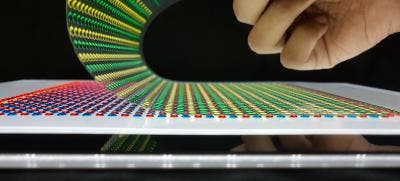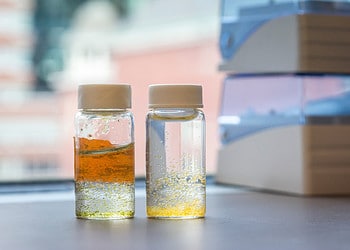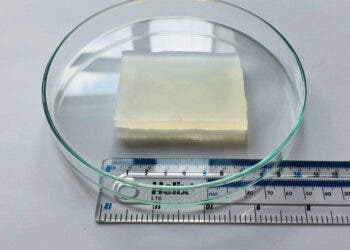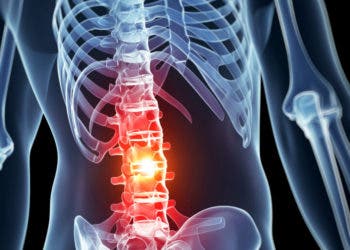Taking inspiration from one of nature’s more bizarre creatures, researchers have developed a device that can reach up to 110 volts, powered by nothing else but water-filled gels and biology. This device could pave the way for a new generation of biological implants.

The electric eel (Electrophorus electricus) is an electric fish, and despite its name, it’s not really an eel — although it does kind of look like one. The “eel” can produce electrical current through three pairs of abdominal organs, which make up about 80% of its body. It can administer a shock of up to 860 volts and 1 ampere of current (860 watts) for two milliseconds, which it uses to defend itself or to stun prey.
Researchers have long looked towards this ability in an attempt to generate current in biological settings. Let’s say you want a biocompatible power source, to fuel a pacemaker or a sensor, you’re bound to have difficulties when merging the systems.
Now, a team led by Michael Mayer from the University of Fribourg, along with researchers from the University of Michigan and UC San Diego, have created a device that uses hydrogels (water-filled gels) and can create a voltage of up to 110 volts.
“Our artificial electric organ has a lot of characteristics that traditional batteries don’t have,” Thomas Schroeder, a chemical engineer at the University of Michigan in Ann Arbor, who co-led the research, told Nature. As well as its desirable physical features, “it isn’t as potentially toxic, and it runs on potentially renewable streams of electrolyte solution”.
The electric eel produces current through cells called electrocytes. Researchers tried to mimic these cells, using four different hydrogels made of polyacrylamide and water. They then stacked over 2,000 of these hydrogels, generating a potential difference — a difference of electrical potential between the top and the bottom.
[alert style=”alert-default” close=”false”]Ions are atoms or molecules with an electric charge due to the loss or gain of one or more electrons. When ions accumulate on either side of a membrane (in this case, the hydrogel) they form an ion gradient, favoring current flow. This can be used to produce a current, which is what the researchers did here. Essentially, the system draws on a biological system’s chemical energy to produce a current.
[/alert]
The more hydrogel layers you stack, the more current you can produce. But it’s not just “more is better” — researchers also want to make the layers thinner, to reduce their resistance, and this is pushing the edges of existing technology. To print the fine layers, the team used a printer that “deposits little droplets of gel … with the precision and spatial resolution to print an array of almost 2,500 gels on a sheet the size of a normal piece of printer paper,” said Anirvan Guha, a graduate student who worked in the project. They also want to increase the current, tens to hundreds of microamperes. So far, their total power output has been between 10 and 100 times lower than that of the eel, not enough to power most devices. However, researchers are optimistic and after all, these are only the early days of this technology. We can certainly expect much more to come in the future.
Having a flexible, transparent, and biocompatible power source could make a big difference for medical implants, and potentially even power up the future’s prosthetics.
The study has been published in Nature, and additional findings will be presented at the Biophysical Society Annual Meeting.






